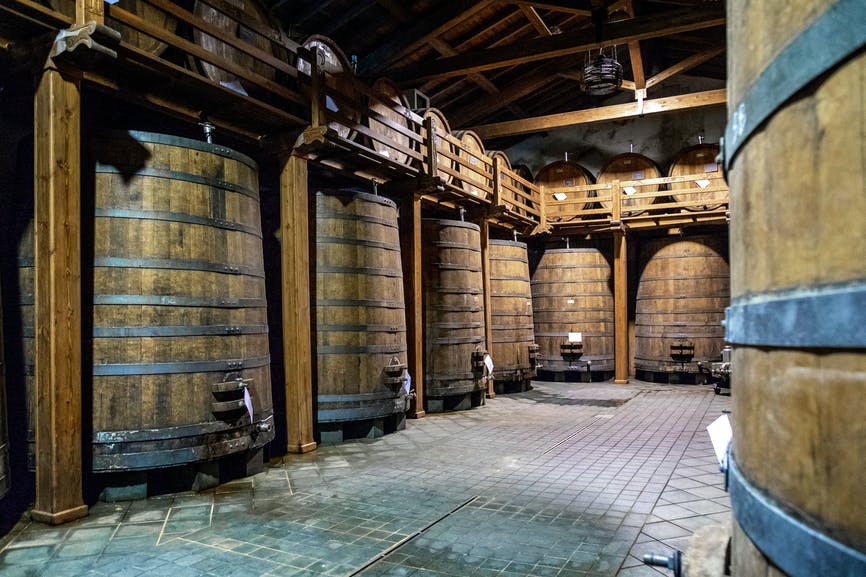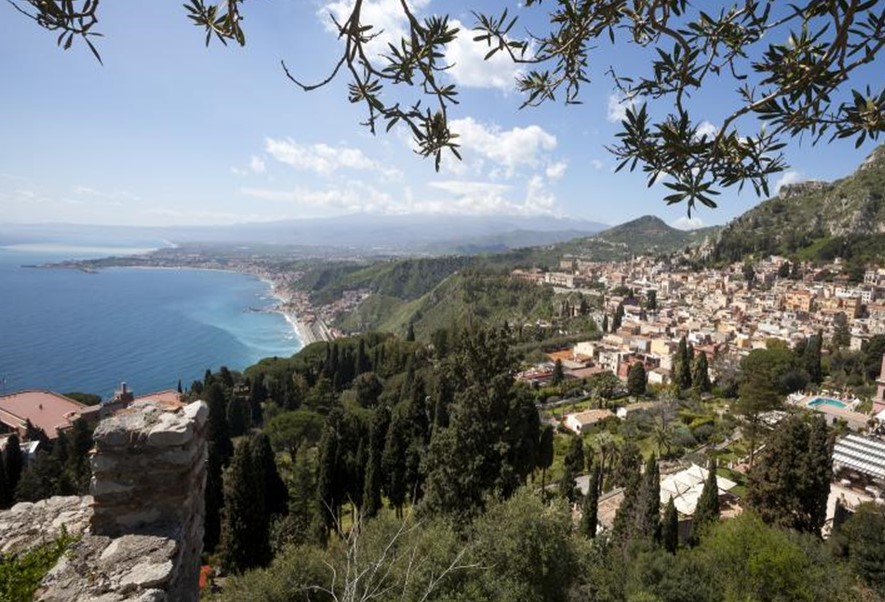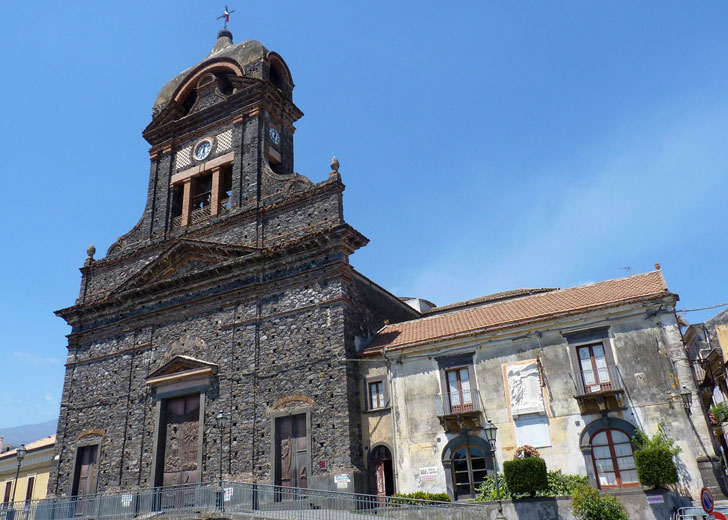Perhaps the wildest of the Genista Trail legs, this third section of the route crosses the area of Mt. Etna’s slopes that were the site of a sudden and violent eruption in 1928 that destroyed the historic village of Mascali but spared Sant’Alfio; the hike sets off from the town’s small commemorative chapel built in 1958. Spelunkers can explore eruptive fissures and lava channels, and the route passes a number of small volcanic cones and a lava flows before entering a dense forest of oaks to the Monte Crisimo saddle. The final stretch of this leg passes over a lava field formed by a lateral eruption in 2002; the young pine seedlings already blanketing the area bears testimony to the continuous cycle of destruction and rebirth on Mt. Etna.
How to explore: You’ll want a volcanologist by your side when poking around in the lava channels and fissures found along this leg, so plan to take on the route with an expert local guide for both insights into the landscape and extra safety when exploring. The team from On The Volcano (see above) are among the most respected in the area, though there are a number of hiking companies in the area that take adventurers along the Genista Trail.
Local specialties: Despite its thick forests and lava fields, this swath of Mt. Etna also produces high quality olive oil in groves surrounding Piedimonte Etneo, like that turned out by Barbagallo. To sample some of the wines produced in this area, settle in at the Enoteca del Corso in Piedimonte Etneo or go right to the source at the dazzling La Gelsomina winery in the hamlet of Presa.
Don’t miss: A meal at the rustic Rifugio Ragabo at the Piano Pernicana base camp. Alpine lodge style paired with distinctive Sicilian cuisine make for a straightforwardly delicious lunch or dinner.





